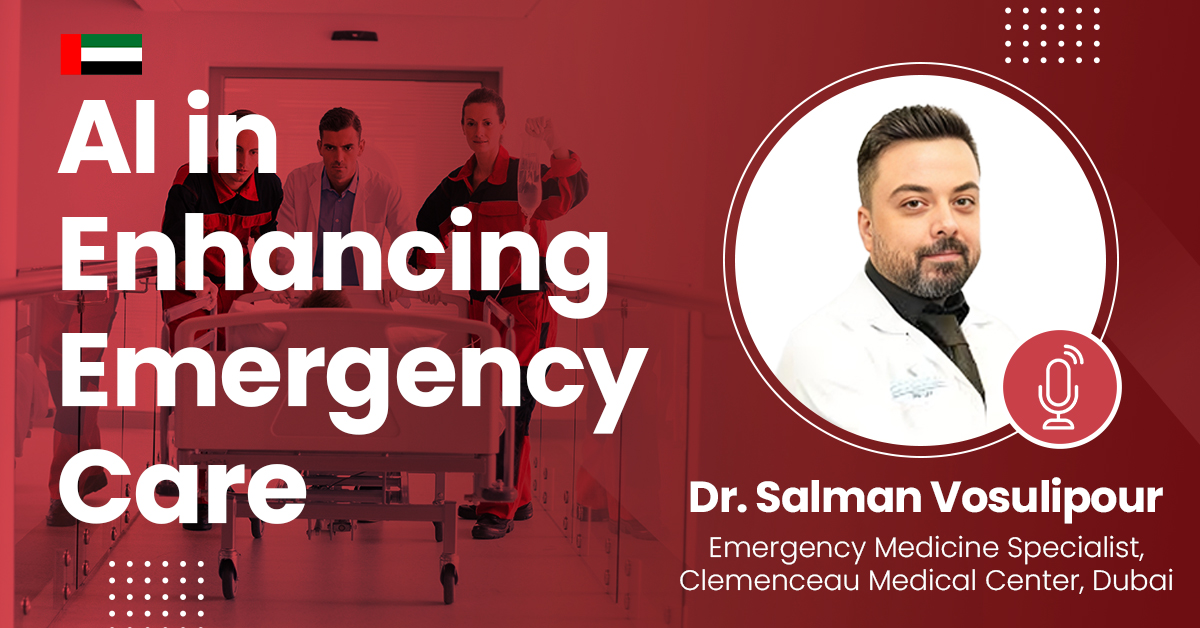- 86.5k views
Paths to Healthy Heart
Achieving a healthy heart involves adopting lifestyle practices that prioritize cardiovascular well-being. This includes maintaining a balanced and nutritious diet rich in fruits, vegetables, whole grains, and lean proteins, engaging in regular physical activity to promote cardiovascular fitness, managing stress through relaxation techniques, avoiding tobacco products, limiting alcohol intake, and ensuring regular health check-ups to monitor blood pressure, cholesterol levels, and overall heart health. Combining these elements fosters a holistic approach to cardiovascular wellness, reducing the risk of heart disease and promoting a heart-healthy lifestyle.Embarking on a path to a healthy heart involves recognizing the interconnectedness of lifestyle choices and their profound impact on cardiovascular health. Regular aerobic exercises, such as walking, jogging, or swimming, contribute to cardiovascular fitness and weight management. Adopting a diet low in saturated fats, salt, and added sugars while prioritizing heart-friendly nutrients further supports heart health. Additionally, maintaining a healthy body weight, managing stress through activities like meditation or yoga, and refraining from smoking are integral components.
About the Speaker

Dr. Kala Jeethender Jain
Consultant Interventional Cardiologist at Yashoda Hospitals, Hyderabad
Dr. Kala Jeethender Kumar Jain, a seasoned Consultant Interventional Cardiologist at Yashoda Hospitals, Hitech City, boasts over a decade of extensive experience in the field. His impressive educational journey includes a Fellowship of Society for Cardiovascular Angiography and Interventions (FSCAI) in 2020-2021 and a D.M. in Cardiology from NIMS, Hyderabad, in 2015. Dr. Jain has showcased his commitment to medical education, having served as an Assistant Professor at Mamata Medical College, Khammam, and contributing significantly to research, with numerous publications and active participation in national and international conferences.
Upcoming Case Discussions
Hyperlipidemia: From Diagnosis to Treatment
Hyperlipidemia is a condition characterized by elevated levels of lipids, such as cholesterol and triglycerides, in the blood, which can increase the risk of cardiovascular diseases. Diagnosis typically involves blood tests measuring lipid profiles, while treatment focuses on lifestyle changes, such as diet and exercise, alongside medications like statins to manage cholesterol levels and reduce cardiovascular risk. Regular monitoring is essential for effective management and prevention of complications.
Acne: Disorders and Treatment Approaches
Acne is a common dermatological condition caused by clogged pores, excess sebum production, bacterial growth, and inflammation. It can manifest as blackheads, whiteheads, papules, pustules, or cysts, often leading to scarring if untreated. Various factors, including hormonal changes, diet, stress, and genetics, influence its severity. Treatment approaches range from topical and oral medications, such as retinoids, antibiotics, and hormonal therapy, to advanced procedures like chemical peels and laser therapy. A personalized skincare regimen, along with lifestyle modifications, plays a crucial role in managing and preventing acne.
Pulmonary Hypertension
Safer alternatives in pain management focus on reducing the reliance on opioids and minimizing the risk of addiction or side effects. Non-opioid medications such as acetaminophen, NSAIDs, and anticonvulsants are increasingly used for managing both acute and chronic pain. Additionally, physical therapy, acupuncture, and cognitive-behavioral therapy are non-pharmacological approaches that effectively address pain without the risks associated with traditional painkillers. For certain cases, interventional procedures like nerve blocks or spinal cord stimulation offer targeted relief while minimizing systemic side effects. These alternatives aim to provide effective pain management while enhancing patient safety and quality of life.
Molecular and Genetic studies in Gynaecological Malignancies
Molecular and genetic studies in gynecological malignancies have revolutionized diagnostics, prognostics, and targeted therapies. Advances in genomic sequencing have identified key mutations in ovarian (BRCA1/2, TP53), endometrial (PTEN, MSI), and cervical cancers (HPV integration, PIK3CA). These findings aid in precision medicine, guiding individualized treatments like PARP inhibitors for BRCA-mutated ovarian cancer. Epigenetic modifications, including DNA methylation and miRNA regulation, further influence tumor progression and therapeutic response. Emerging technologies like liquid biopsies and multi-omics approaches enhance early detection and monitoring. Understanding these molecular pathways is crucial for developing novel therapies and improving survival outcomes in gynecological malignancies.
AI in Enhancing Emergency Care
AI is revolutionizing emergency care by enabling faster, more accurate decision-making. It helps triage patients efficiently, analyze medical data in real-time, and predict outcomes based on historical data, which can prioritize critical cases. AI-powered tools, like diagnostic imaging analysis and predictive algorithms, assist doctors in identifying conditions such as strokes or heart attacks earlier, improving survival rates. Additionally, AI enhances resource allocation and staff management in emergency departments, optimizing response times and reducing workload for healthcare providers.







